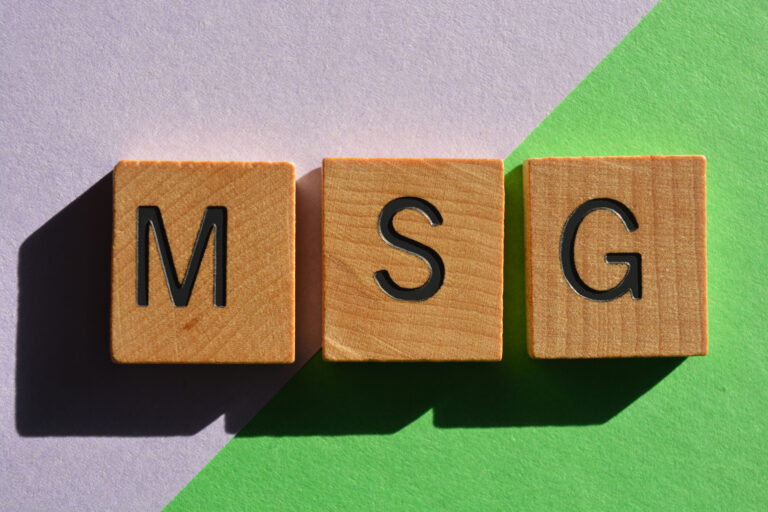I’ve heard all kinds of horror stories about MSG, but I still see it on food labels! Should I avoid those foods?
The short answer: There’s no need to avoid these foods.
To explain: For years, monosodium glutamate (MSG) has been maligned as causing physical effects from headaches to chest pain. However, MSG has been used extensively as a food additive, and FDA considers its addition to foods to be “generally recognized as safe” (GRAS).
MSG is the sodium salt of glutamic acid, a common amino acid, and is found naturally in a variety of foods, including tomatoes and cheeses. Although the FDA has received reports of adverse health events purportedly occurring from the consumption of MSG, confirmation of such sensitivities has not been determined. In fact, while many people identify themselves as sensitive to MSG, in studies with such individuals given MSG or a placebo, scientists have not been able to consistently trigger reactions.
But the reporting of such adverse effects triggered the FDA to ask an independent scientific group, Federation of American Societies for Experiment Biology (FASEB), to examine the safety of MSG. FASEB’s conclusion: “MSG is safe.” Short-term, mild reactions (e.g., headache, numbness, flushing, tingling, palpitations, and drowsiness) may occur in a small number of sensitive individuals if a high dose (> 3 grams) is consumed without food, but a food with added MSG typically contains less than 0.5 grams, so poses no harm.
Even though a typical serving is found to be safe, labeling of MSG is required when it is used as a food additive. This provides the transparency by which consumers can determine if the product has MSG and avoid it if desired. That being said, the weight of the evidence is abundantly clear that MSG, whether naturally occurring or not, is safe to consume at typical exposure levels.





